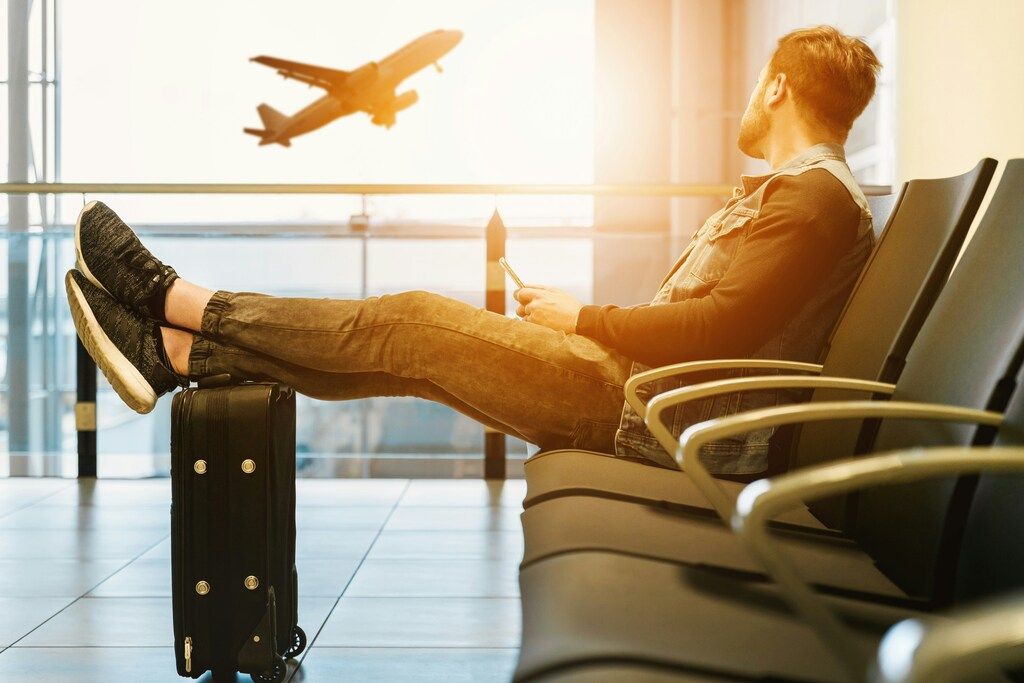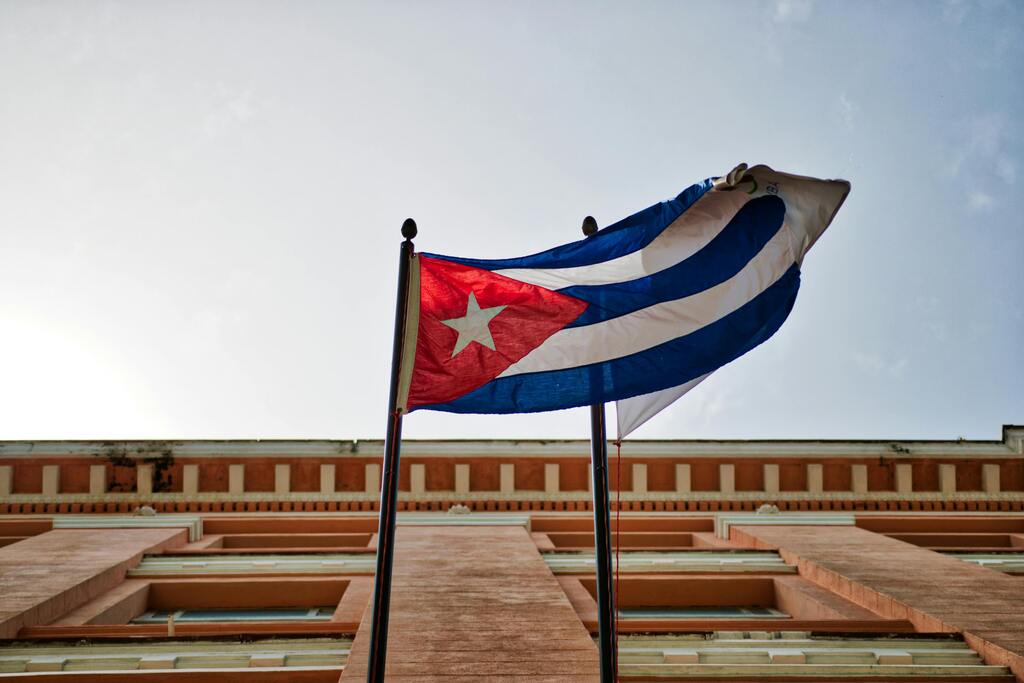

Once upon a time, getting to Cuba was simple: book a flight, grab a tourist card, and breeze through immigration. But starting in July 2025, the rules are changing — and a Cuba Visa (specifically, the new e-visa) will become a must for most travellers.
This shift isn’t just bureaucratic. It’s the end of a paper-based era and the beginning of a digital one. Whether you’re chasing history in Havana or sun in Cayo Coco, the e-visa is now your golden ticket.
In this updated, practical guide, we’ll show you exactly how to apply for the Cuba e-visa, who’s required to get one, and how to avoid common slip-ups that could delay your trip. You’ll also get expert tips to help make the process faster, smoother, and headache-free.
If Cuba is calling, this guide ensures your documentation keeps up with your plans.
What is the new Cuba e-visa and who needs it?
As of July 2025, Cuba will implement a new visa system. The Cuba e-visa will replace the traditional tourist card for most foreign travellers. This change is part of the government’s plans to streamline its entry procedure and provide additional security for visitors and citizens.
The e-visa is a digital travel authorisation that you apply for before travelling to the country. Instead of acquiring a physical tourist card on arrival or from travel agents, tourists will apply online for an e-visa, receive approval, and be able to show the approved e-visa upon arrival at the airport.
The Cuba electronic visa 2025 is obligatory for the majority of international travellers. So, if you are planning a visit to Cuba after July 2025, you have to make sure that you apply for this visa unless you qualify for visa exemption. Citizens of Russia, Serbia, and certain Caribbean islands are exempt from requiring an e-visa and can still come to Cuba without one.
However, travellers from other regions, especially Europe, North America, and Latin America, must obtain the new Cuban tourist visa to be allowed entry.
If you are wondering “Which countries can enter Cuba without a visa?”, check if your nationality falls under the exempted list before proceeding with your application.
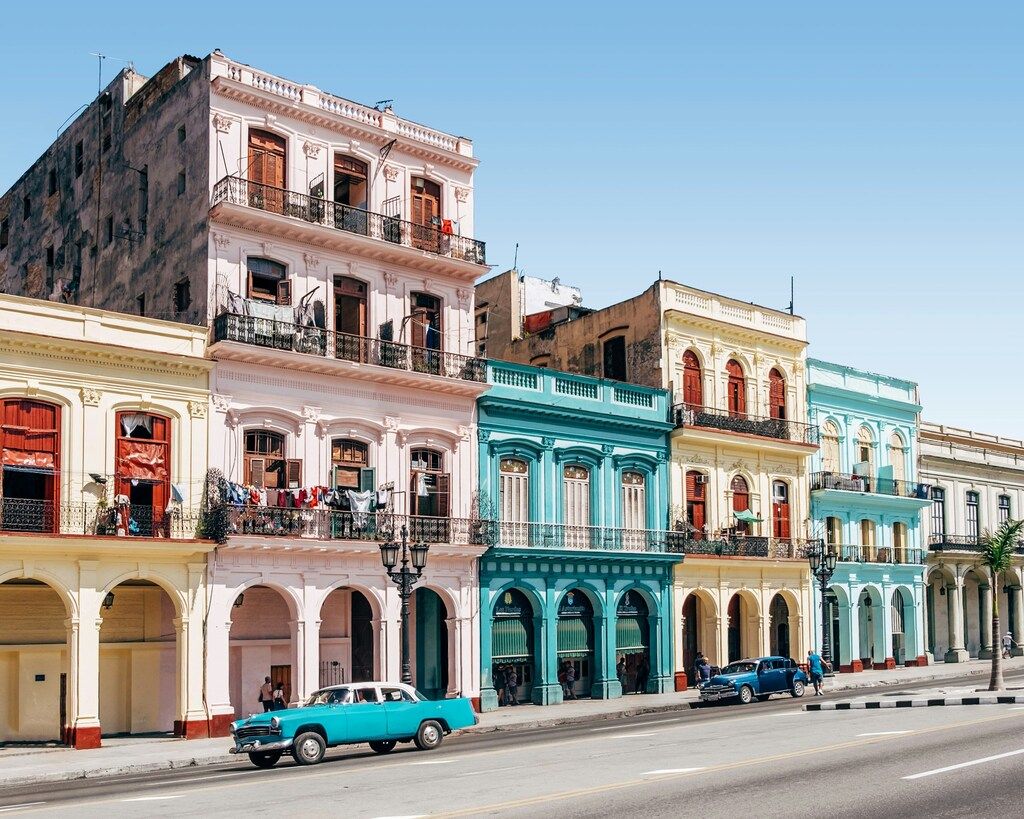
Step-by-step: how to apply for your Cuba e-visa
When you’re ready to start your Cuba e-visa application online, just follow this step-by-step guide to get it done quickly and smoothly:
1. Visit the official Cuba e-visa website
First, head to the official Cuban government e-visa application website. Be sure to use the official site; other third-party sites might charge extra fees. Stick to official resources to ensure your application is legitimate and secure.
2. Choose your consulate
On the home page, select the consulate where you want your application processed. The system will display the cost of the service and provide that consulate’s contact information. Be sure to select the country and consulate correctly, as this will determine the visa handling process and available payment methods.
3. Complete the visa application form
Fill in the online form with the following personal details:
- Nationality
- Passport number
- First name and surname
- Middle and second surname (if applicable)
- Date of birth
- Email address
- Gender
- Phone number (optional)
You must also upload a recent, passport-style photo. Make sure the photo meets the specifications set by the Cuban authorities. This usually means a colour photo of your face against a white background. Check the size and format of the image to make sure your application isn’t rejected.
4. Add additional applicants (optional)
Need visas for family or friends? You can add up to 10 additional applications in one go. These will be linked to your email address, and all visa confirmations will be sent there. To add more, click the “Add Another” button and complete a new form for each person.
You can also remove an added application if you make a mistake before submitting.
5. Payment and processing fee
Once you’ve uploaded the documents and the photo, you’ll need to pay the application fee. Review your consulate’s accepted payment options. These vary by location, so make sure to select a valid method. Confirm your payment choice before continuing.
6. Review and submit your application
This is the final step before submission. Carefully check all your details on the application summary page. You can return to any previous step to make corrections. Once everything is accurate:
- Complete the Captcha
- Agree to the terms and fees
- Click the SEND button to submit
You’ll receive a confirmation email that your application was successfully submitted.
7. Wait for approval
Once submitted, the application will be processed within 3 to 7 business days. Don’t try to edit any of your details or upload new documents while approval is pending — unless it’s absolutely necessary. Once your application has been approved, your e-visa will be sent to you electronically along with a D’Viajeros form.
8. Prepare your documents
You’ll need to gather several essential documents:
- Passport: Your passport should be valid for at least six months after your scheduled departure date from Cuba.
- Travel Insurance: You’ll need to show proof of travel insurance covering medical expenses in Cuba for the duration of your stay. Travel insurance is a mandatory entry requirement for Cuba.
- Return or Onward Flight: You must provide evidence of your onward or return travel so you can prove that you won’t overstay.
- Accommodation Information: You should have details of your hotel or hostel accommodation. If you’re staying with a Cuban host, make sure you provide the necessary documentation from them.
You won’t need all these documents for the initial application, but you will need them for the D’Viajeros form later in the process.
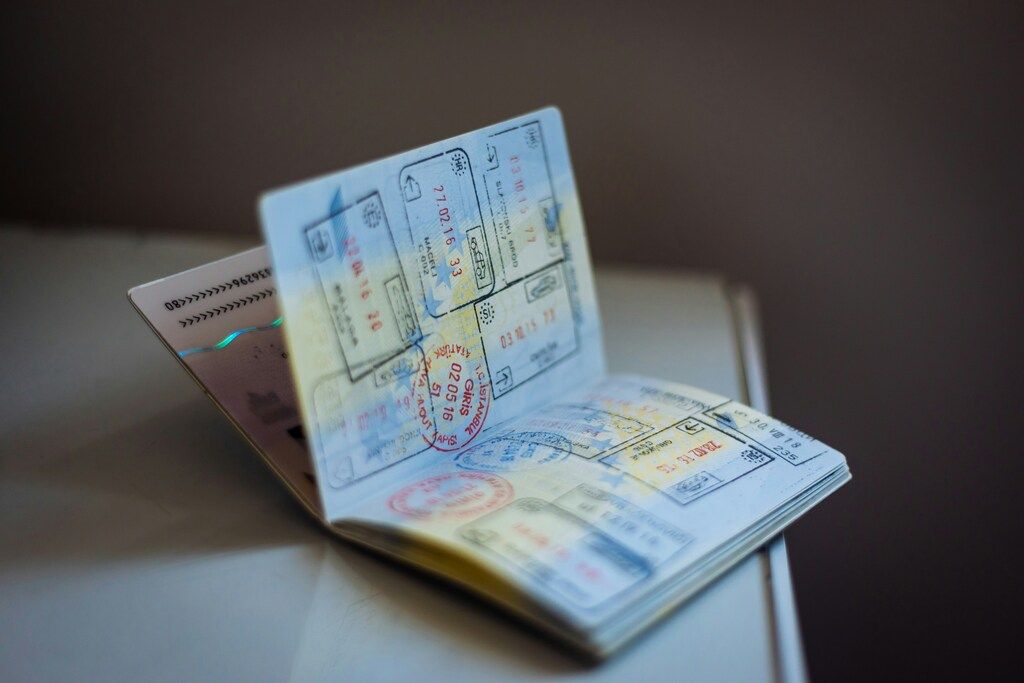
9. Fill the D’Viajeros form
Once your Cuba e-visa has been approved and sent to your inbox, there’s one more important form to fill out before you can travel: the D’Viajeros travel declaration.
This short online form is mandatory for all travellers entering Cuba. It’s separate from your visa application, but the two are closely connected. In fact, your e-visa isn’t considered valid unless the D’Viajeros form includes your e-visa number. That’s why this step matters.
What is the D’Viajeros form?
The D’Viajeros form is Cuba’s digital health and travel declaration. It must be completed within 72 hours to 7 days before your arrival. Once submitted, you’ll receive a QR code that airline staff and Cuban immigration officers will scan when you arrive.
What you’ll need to complete the form
Before you begin, gather the following documents — some of which you may have already used during your e-visa application. You’ll need them now to complete the D’Viajeros form accurately:
- Passport: Must be valid for at least six months beyond your departure date from Cuba.
- Travel Insurance: Proof of insurance that covers medical expenses in Cuba (required for entry).
- Return or Onward Flight: Confirmation of how and when you plan to leave Cuba.
- Accommodation Details: Hotel or lodging address. If staying with a Cuban host, ensure you have the proper documentation.
How to fill it out
- Visit the official D’Viajeros website (available in English).
- Enter your personal information exactly as it appears on your passport and e-visa.
- Add your travel details, including arrival airport, flight number, and address in Cuba.
- Under “Purpose of Visit,” select Tourism and enter your e-visa number.
- Complete the brief customs and health sections.
- Submit the form and save the PDF with your unique QR code.
- You’ll receive a private code for future edits, just in case.
Helpful tips
- Set aside 15–20 minutes to complete the form.
- Print or save your QR code on your phone — it’s required for boarding and immigration.
- Double-check that your e-visa number is entered correctly to avoid delays on arrival.
With your e-visa, D’Viajeros QR code, and documents in hand, you’re ready to experience Cuba — fully prepped and paperwork-approved.
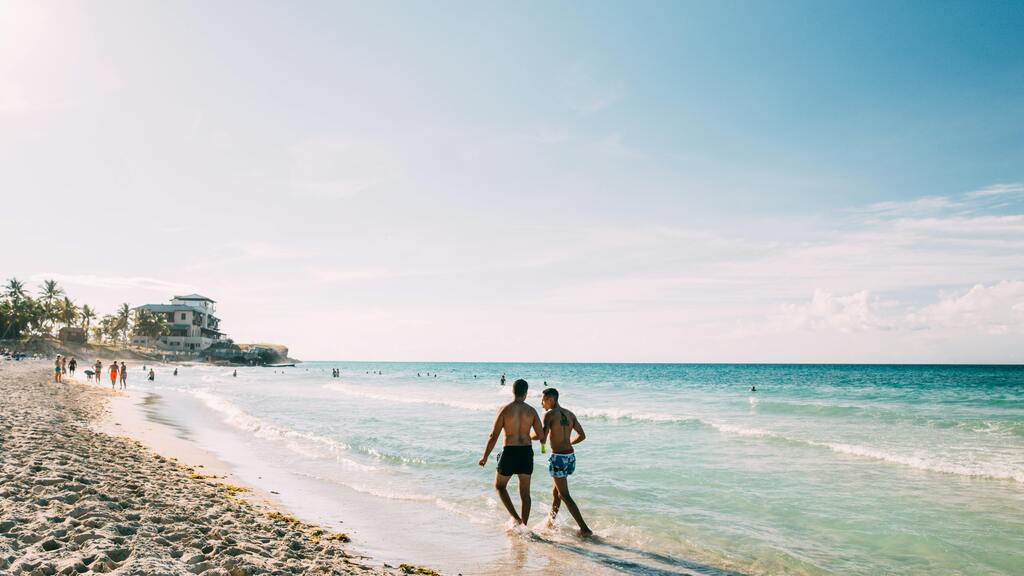
When and how much: visa costs, timing, and validity
Now that you know how to apply, here’s what you need to know about visa costs and timing:
Visa costs
The Cuba e-visa price typically ranges from $25 to $100 USD. Depending on the service you choose, this cost may increase. For this reason and others, it’s advisable to apply at least 1–2 weeks in advance to avoid unnecessary stress. While it is possible to apply well in advance, it is inadvisable to wait too long. Keep in mind that some travellers miss their vacation because their visa does not go through in time, especially when planning to travel during peak travel seasons.
Visa validity
Your e-visa is a single-entry permit that allows you to stay in Cuba for 90 days. If you would like to stay longer, check if you can get an extension; however, not all petitions are granted.
When should you apply?
Plan ahead – this requires applying at least two weeks before your departure. The processing time may differ, and you won’t want to worry about beating the clock with rushed applications. If you are applying during peak travel season, it’s a good idea to apply as soon as you can to ensure you have your visa in time.
If you would like to re-enter Cuba during your trip, verify if you need to apply for a new visa or if the existing one will cover you for multiple entries.
Common mistakes to avoid when applying
When you’re applying for a Cuba e-visa, it can be easy to make simple mistakes, particularly if you are new to the online application process. If any errors are made, it could cause your visa processing to be delayed or even rejected entirely. To ensure a smooth experience, here are the most common errors to avoid:
1. Spelling and typo mistakes
It’s extremely crucial to make sure you double-check all the personal information you fill in the form. A minor mistake, like a misspelt name or incorrect passport number, can lead to unwanted delays or, in the worst case, rejection. Take your time to ensure all information matches exactly with your passport.
2. Wrong document formats
Make sure your documents are in the right format and don’t exceed the maximum file size. For example, passport photos are often required to be in a specific size or format (JPEG, PNG, etc.). If unsure, always try resizing or reformatting the file before you submit it to avoid being rejected for incorrect file submission.
3. Missing documents
Unsurprisingly, leaving out some of the requirements will certainly result in an incomplete application. Always ensure you’ve uploaded all the necessary documents, including your proof of accommodation and return flight details. Forgetting even one document can cause your application to be delayed or returned for corrections.
4. Passport validity issues
Ensure your passport is valid for at least six months beyond your departure date from Cuba. It is a rule many travellers overlook. It can result in unnecessary stress and even rejection. If your passport is about to expire, apply for a new one before applying for the e-visa.
By taking the time to check these over, you will significantly increase your chances of a successful application.
What else do you need to enter Cuba in 2025?
On top of obtaining your Cuba e-visa, there are a few other requirements to enter Cuba that you should know about. Let’s walk through them to make sure you have everything you need for your upcoming Cuban experience!
1. Travel insurance
One of the most crucial entry requirements for Cuba is travel insurance. The Cuban government requires every person entering the country to have valid medical travel insurance for the duration of their stay. Your insurance policy should cover you for any potential medical emergencies, including any hospital visits, treatments, or repatriation costs. Your travel insurance should also cover you for cancellation, lost luggage, and delays to ensure your peace of mind, no matter what happens.
2. Return flight ticket
You must have proof of your return ticket or onward travel arrangements when entering Cuba. Immigration officers may ask you for it to make sure you don’t overstay your visa. To prevent any misunderstandings, keep a printed or digital copy of your flight itinerary on hand.
3. Accommodation proof
When you arrive in Cuba, you’ll need to present evidence of where you’re staying. Whether you’re booking a hotel or a resort, or even if you are being hosted by a Cuban national, proof of accommodation is required. An email confirmation of your hotel booking or an invitation letter from your Cuban host will do.
4. Sufficient funds
Although officials do not necessarily check sufficient funds, it is recommended that you have enough money to cover your expenses for your trip to Cuba. This way, you can cover the costs of your accommodation, meals, transportation, and other travel expenses.
For more on planning your trip, don’t forget to check out our guide on what to see in Cuba to discover the must-visit spots across the island.

Be prepared: everything you need before travelling to Cuba with an e-visa
You’re almost there — just one final check. Before you go, double-check that you understand the key requirements, and keep both printed and digital copies of your visa, travel insurance, flight details, and accommodation information.
For an even more fulfilling experience, consider joining an organised group trip. With a Cuba e-visa, a local tour guide, and travel buddies, you can navigate Cuba with ease and explore its culture, environment, and lifestyle with all the proper support.
With good planning, the new Cuba visa rules from July 2025 will feel like second nature. Get your e-visa, pack your bags and get ready to discover the essence of Cuba — without the stress. And if you’re wondering when is it best to go to Cuba, we’ve got you covered with insights on seasons, climate, and the perfect time for your trip.
If you’re ready for the journey, explore Cuba on an unforgettable group trip with local flavour and shared adventures.

